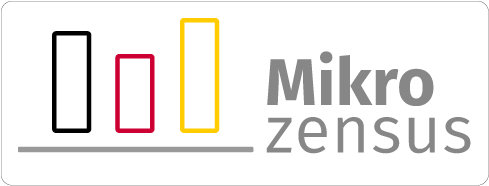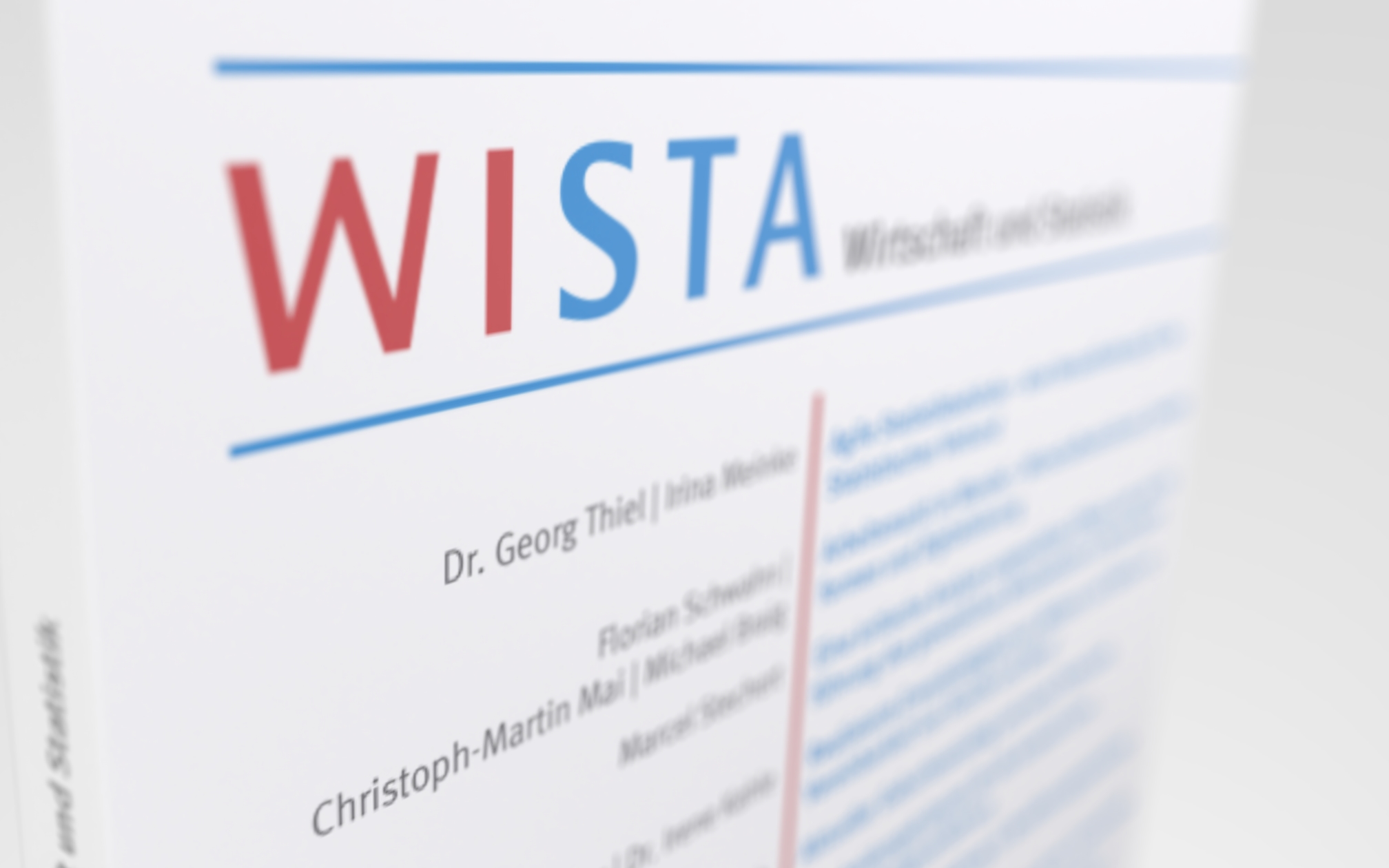Search
Find tables
Press releases
Our topics
Current News
Microcensus 2024
In the period from January to December 2024, a total of roughly 380,000 households and collective living quarters will be selected using random sampling and the residents surveyed. This is equivalent to approximately 1% of Germany's population. The results of the microcensus provide the general public, policy-makers and the scientific community with a wide range of information on life in Germany. They serve as an important basis for policy decisions that affect the lives of many people.

EXDAT is now EXSTAT
"EXDAT – Experimental data" is now called "EXSTAT – Experimental statistics": up to now, new, innovative project results with novel data sources have been published in the EXDAT section. The decision to rename the section "EXSTAT" is primarily to ensure consistency within Europe. Several national statistical institutes and Eurostat refer to "experimental statistics". Furthermore, the term EXSTAT has a much broader scope and encompasses both innovative methods and new kinds of data sources.

Publications
Wirtschaft und Statistik journal
Data on births and deaths of enterprises, high-growth enterprises and the survival rates of newly born enterprises are important indicators for assessing the dynamics of a national economy. This "business demography" information is now also available at regional level across Europe. One of the articles in the current issue of WISTA, our scientific journal, presents first results at regional level for Germany and outlines the possibilities for further in-depth regional analyses.


